Spending time in a collection of just one brand’s cars can be an interesting experience. Whether they’re from a specific period or they cover a greater storyline, there is much to learn from seeing and thinking about the progression from one model to another and how such development contributes to a carmaker’s arc. Honda is a brand that leans into things like that, which helps to explain why it chose to renovate and refocus its museum, the Honda Collection Hall, in Tochigi, Japan.

The whole museum received a makeover, which included reorganising the exhibits to better tell the story of Honda in a linear manner. The first exhibit that welcomes visitors is likely the last one you’d expect: A full-scale mockup of a HondaJet Elite II, which allows anyone who steps through the door to experience what flying private business is like, if only for a minute. Of course, that is not the main attraction, and the rest of the exhibits are a little more our speed.

The museum is divided into four wings, each spanning roughly a decade and a half, beginning with the company’s 1948 founding and early bicycle-engine kits. Of course, things progressed into racing and mass production relatively quickly, leading to the Super Cub and Isle of Man TT efforts. From there it’s over to another wing for the early automobiles and Honda’s 1964 entry into Formula 1. Progress further still and you’ll enter the wing dedicated to the period between 1985 and 2000, an era defined by behind-the-scenes challenges and the development of the NSX sports car. The area covering 2000–present is focused on how Honda has widened its focus to so many things outside of the transportation sector.
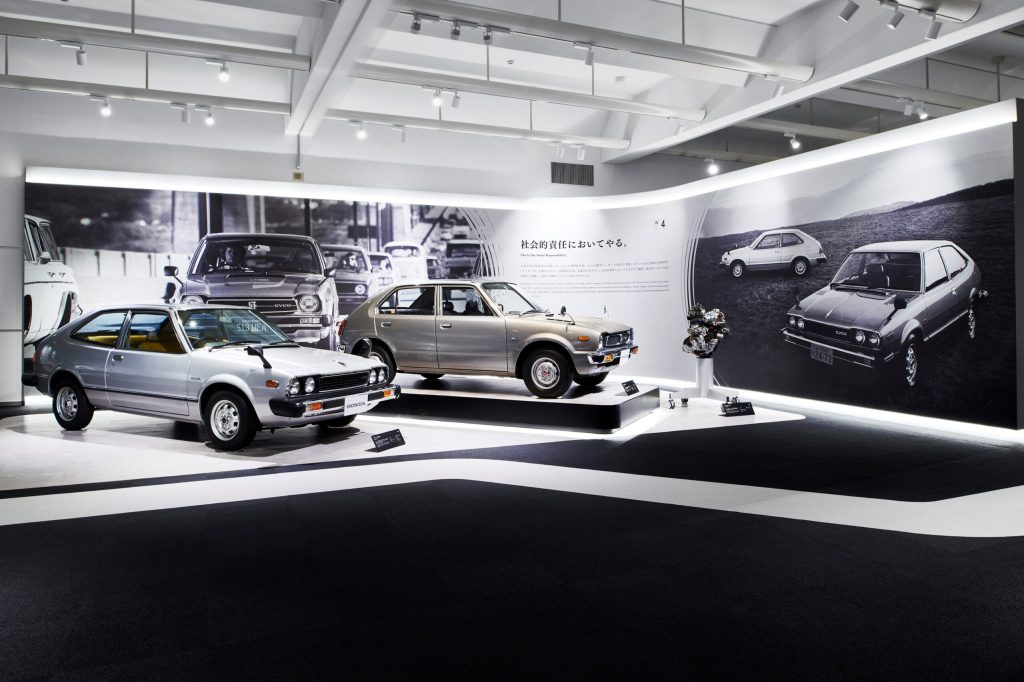
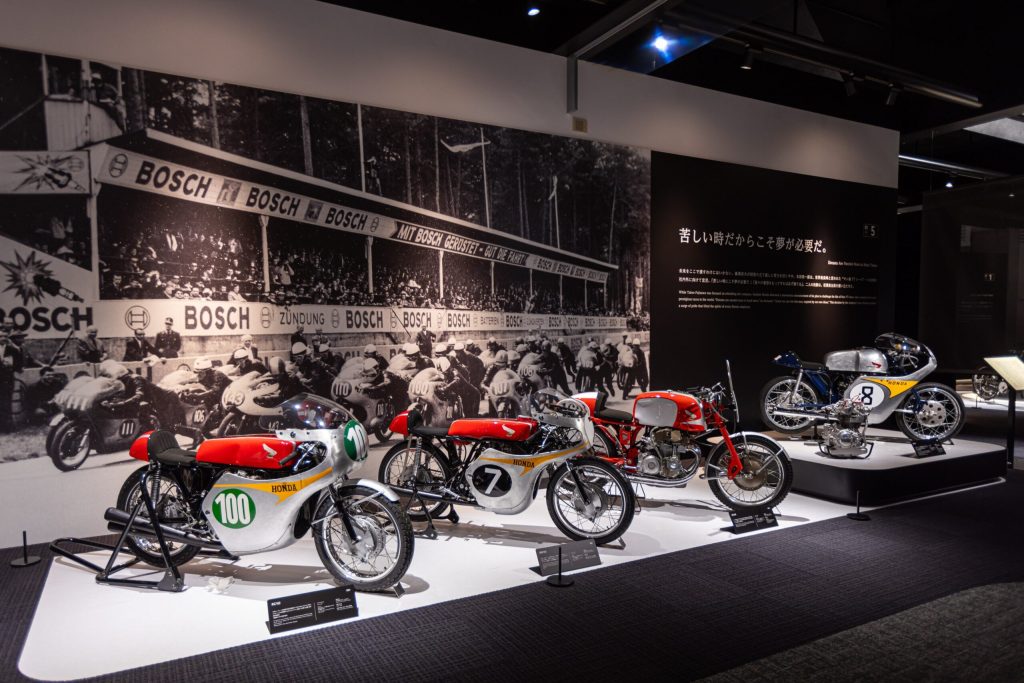
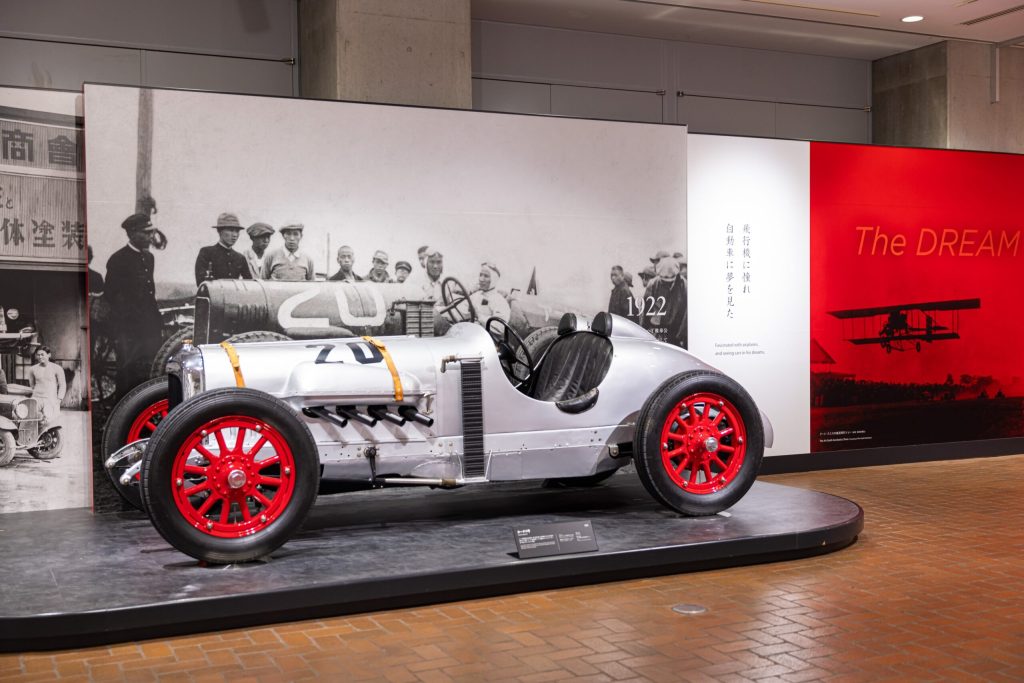
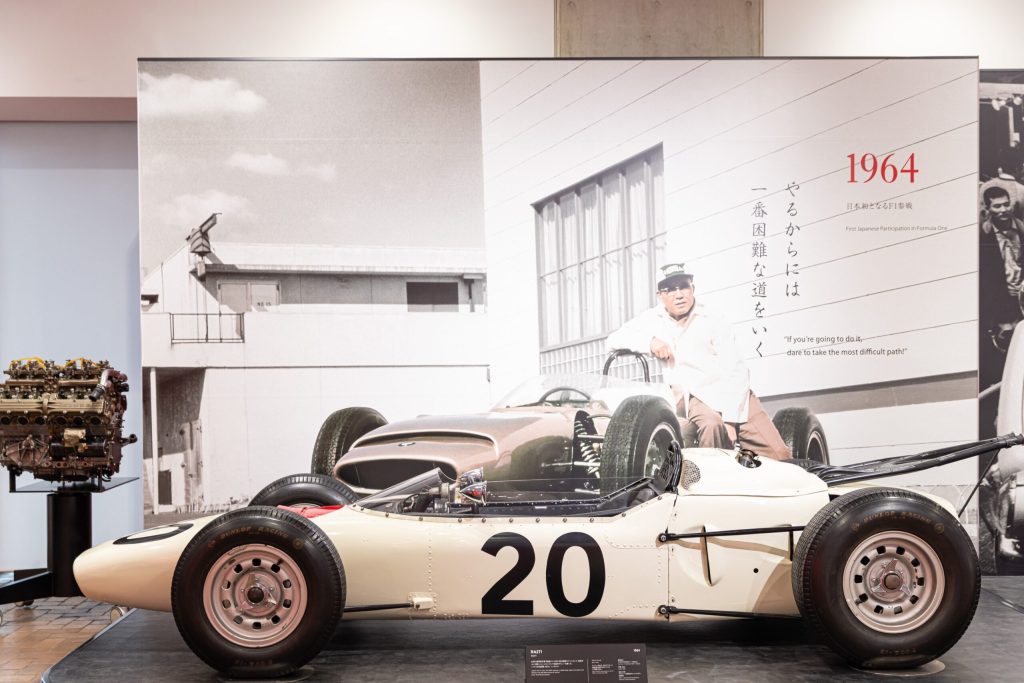
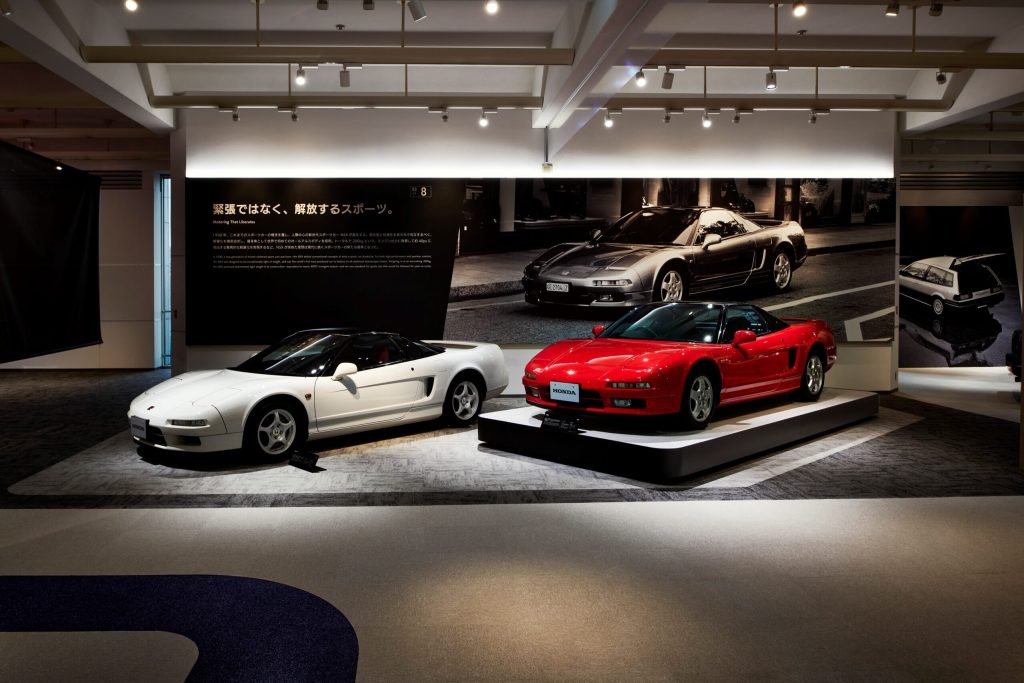
Like any good museum, there are rotating exhibits, the first of which is a highlight of the early CB motorcycle lineup. That will be replaced in June by an exhibit focused on the NSR250R and other race replica models from the 1980s.
By itself, is the Honda Collection Hall enough to justify the plane ticket to the other side of the world? For brand diehards, sure. For the rest of us, if you find yourself in Japan for other reasons, add it to your itinerary. There is much to gain by strolling through the rich history of one of the automotive world’s most storied marques.







